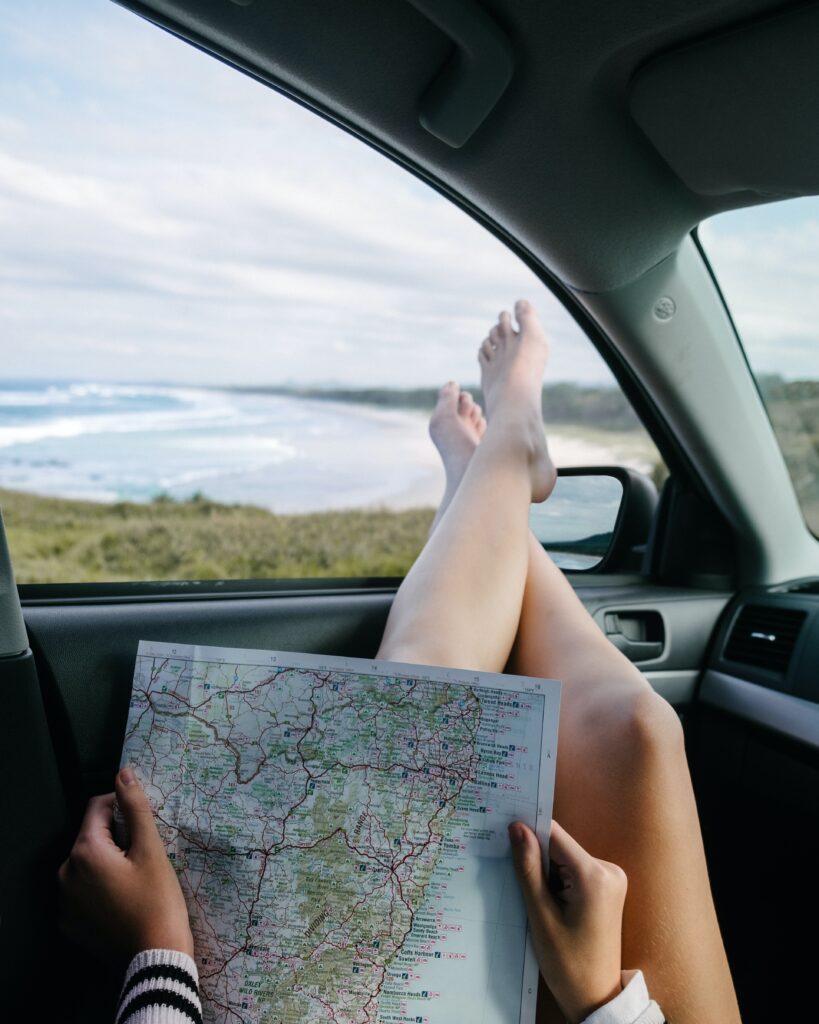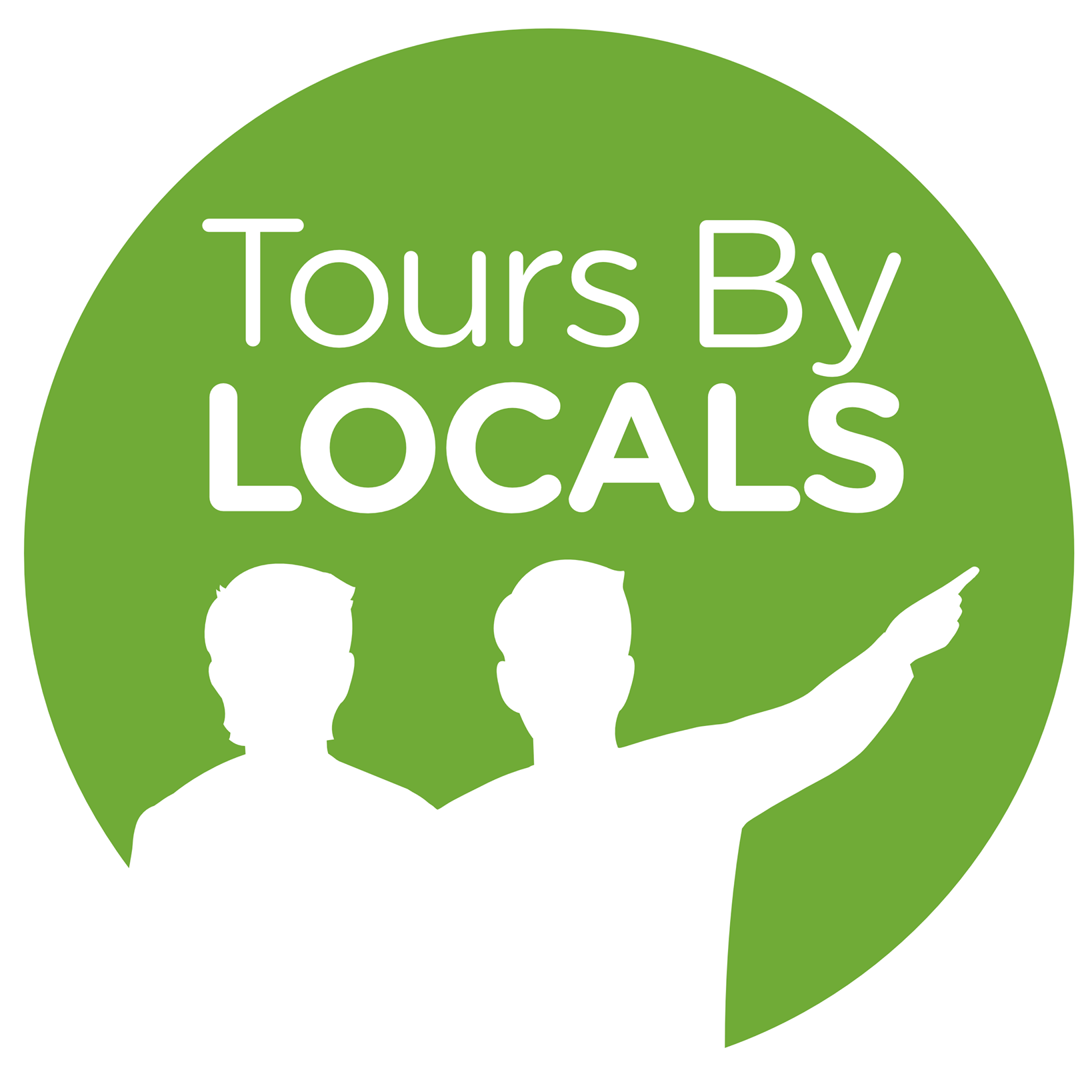
Be a Global Citizen
Before you start traveling, it’s important to know the basics on how to travel right (aka not be a jerk to the local communities welcoming you to their home – both people and nature!)
No, this isn’t a site about traveling for dental work, CREST stands for Center for Responsible Travel and their mission is to increase “the positive global impact of responsible tourism.”
They have a plethora of resources that you can use to educate yourself on responsible tourism, but I’ve found this short brochure very help.
I love this toolkit put together by Wanderful. While it is mostly directed towards content creators, it still has a lot of great information for regular travelers including a glossary of terms, how to practice allyship with indigenous nations and communities, and how to take photos ethically.
Certified B Corporations meet the highest standards of verified social and environmental performance, public transparency, and legal accountability to balance profit and purpose. While not all travel specific, and of course there are great companies out there that are not B Corps, I always like to check their directory whenever looking for a supplier.
Regional Requirements
Entry Requirements, Visas, Safety, etc.
I’ll let you in on a little secret: it may seem like travel advisors have entry requirements memorized, but we actually just have the tools to find the answers faster. My main tool? Sherpa! This is a super easy tool where you can enter your home country, layovers, and destination country and it will quickly pull up the information you need (plus sources if you want to triple check). You can also use it to check visa requirements too.
If you’d rather have a more official source of information, the U.S. State Department has a page for every Country that lists everything from entry and exit requirements, passport requirements, fact sheets, and travel advisories (see my tip about travel advisories below).
In addition to reviewing information on the State Department website, I always sign up for the free STEP Enrollment Program. Once enrolled, the State Department will send you updates on the country you’re visiting. For example, if there’s a big protest that may disrupt your transfer to the airport, you’ll get an email about it so it doesn’t catch you by surprise. Enrolling also lets the U.S. Embassy know that you’re in the country should an emergency happen.
Are you sick (pun intended) about hearing about the CDC yet? Well, they aren’t just there to help guide us through pandemics, but they also have a very thorough destinations guide that lists travel health notices, required and recommended vaccinations/medications, dietary recommendations, and more!
A Tip about Travel Advisories
As a travel professional, I get a lot of questions about the “do not travel” and “reconsider travel” advisories on the State Department site. Let me be clear: I truly understand that these advisories sound very scary, but they do come with some nuance (as does everything that has the government involved).
I’m also not saying to completely ignore a State Department website, but many countries that have had such warnings, such as Israel and Cuba, also have millions of tourists every year visit safely. It is possible to travel to countries with such advisories safely and securely. If you’re interested in traveling to a country with a travel advisor, it is a good idea to check in with a travel advisor!
General Research and Planning
The building blocks you need
A lot of people seem to shun the use of TripAdvisor, but the key is how you use TripAdvisor. I typically don’t pick the top 10 must visit sites and use that my guide, instead I use TripAdvisor to set expectations.
Read the reviews to find out things like: How long should I spend here? Is it accessible? Do I need to purchase tickets in advance? Does this hotel have laundry service? Is that more expensive room worth it? Does this restaurant cater to allergies?
A Tip about Crowdsourcing
Crowdsourcing, especially from internet strangers, can get a little bit hairy especially if you don’t know what type of traveler the person making suggestions is. While one person may love spending hours at an art museum, the next person might find that incredibly boring. So, similar to using TripAdvisor, crowdsourcing can be good to an extent. My suggestion is to use it to cast a wide net of ideas and then from there do your own research to see what fits your interest. Some of my favorite places to crowdsource are the Girls Love Travel Facebook Page or the Travel Subreddit
I love Pinterest for two reasons: 1) there is so much to discover on the site and 2) it’s so easy to create inspiration boards for your trips. I usually start my search with “[Destination] Itinerary” and then look through related pins.
We’re still building our Pinterest account, but give us follow here.
A Tip on building your itinerary
Transportation
How to Get Around
Build your trip backwards
If you’re on a budget, let your transportation cost choose when and where you go on your next adventure. Using Scott’s Cheap Flights or Google Flight’s “Explore” option allows you to find inexpensive flights from your home airport. Google Flights also allows you to choose flexible dates where you can filter the specific period you want to travel. Take it from me – my first trip to Singapore wasn’t planned, I scored a $300 RT flight from NYC to Singapore using Scott’s Cheap Flights!
Rome2Rio is a great mapping tool that I’ve used both personally and professionally. Rome2Rio will give you several different transportation options (walking, plane, train, buses, etc.) between two points. While Google Maps is now just as extensive, using Rome2Rio also gives an estimated cost to various travel options which is great for when you’re building your initial budget.
Seriously? I’m telling you to use Google when planning your travel? Sounds pretty basic, but Google Maps and Google Flights are my most used tools when planning a trip.
Google Flights: When looking for flights, Google Flights is always my first stop. Even though I always book flights direct with the airlines, I use Google Flights to find the cheapest, most direct is the way to go. Google Flights also allows you to create fare alerts so you can keep an eye out on price changes.
While Lounge access has gotten much more accessible in the past few years (who doesn’t have a Chase credit card that has this perk!?), it really is a game changer for making air travel more comfortable.
Priority Pass not only has an extensive network, but their membership rates allow you access even if you’re not a frequent traveler – no status needed here. Additionally, while not every airport out there has a lounge, Priority Pass also gives you access to discounts at airport eateries.
Navigating in-country without PHONE service
Accommodations
Take a Rest
One of my favorite features of TabletHotels is how you can search by your preferred setting, interests, style, and vibe, so you can find the stay that’s perfect for you.
My guess is that you’re probably already using AirBnB to book vacation rentals (though I’ll always be team hotel), but its important to make sure you’re looking at the host profile to ensure that it’s not just a developer who’s bought the property for profit.
Journey Black Home is a great resource to support Black AirBnB hosts when traveling, which in turn, helps Black enterprises in the travel industry grow and thrive.
Day Tours
Learn from the Locals
WHY BOOK A GUIDE?
When I was 20 years old, a friend and I went to Prague. As broke twenty-somethings do, we explored the city independently, on foot. As we passed building after building, we had no idea what was what and ended up just making up stories of what we thought the building’s history was. While that was super fun, now I can’t help but think of all I missed out without knowing the true history of the places I was seeing.
Now, some of my best experiences I’ve had abroad were interacting with local guides who have in-depth knowledge about the destination. Not in the budget to have private guides throughout your entire trip? Book a guide for Day 1 so they can give you the lay of the land and you can ask them for their suggestions of where else to go on the rest of your visit.
- Halfday Manila City Tour (Philippines)
- Taal Volcano Private Tour (Philippines)
- 6 Hours VIP Round Island Private Tour (Singapore)
- World War 2 Singapore History Tour- A Heritage Trail (Singapore)
CoSo Travel is an independent affiliate of Travel Quest Network
TERMS + PRIVACY | ICONS BY EIGHT BLACK DOTS | PHOTOS FROM UNSPLASH






















